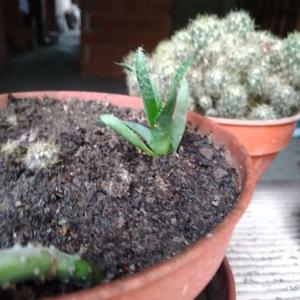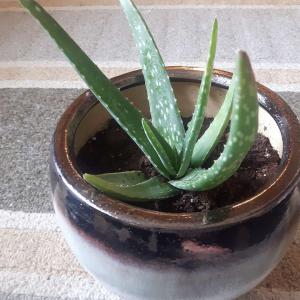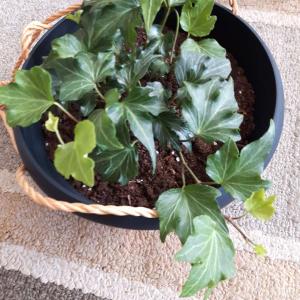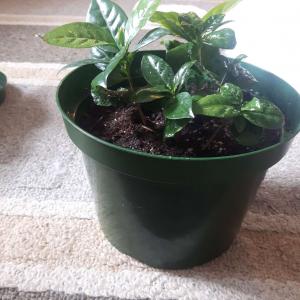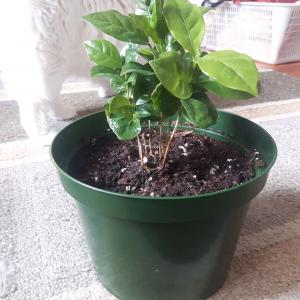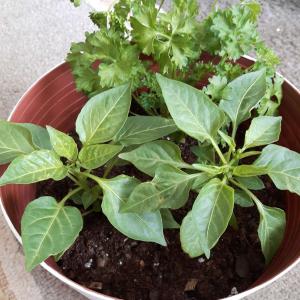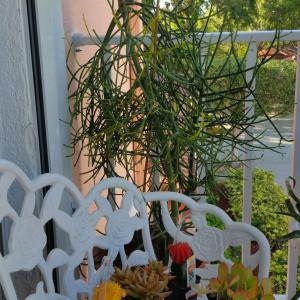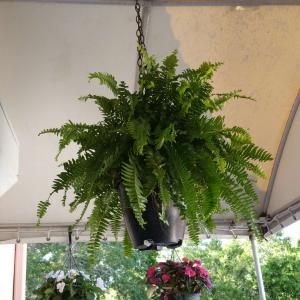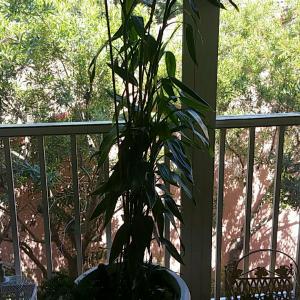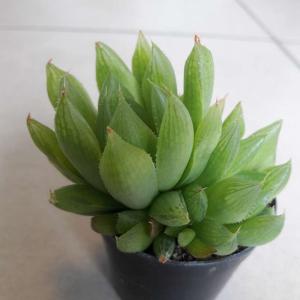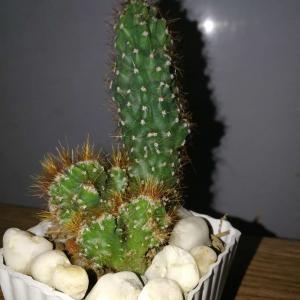文章
Miss Chen
2018年04月12日

Jalapenos are easy-to-grow pepper plants that produce abundantly if you live in an area with plenty of sunshine. The amount of time jalapenos produce in the garden depends on the length of your growing season. They begin bearing ripe fruit two to three months after being transplanted and continue to ripen fruit until frost.

About Jalapenos
Like all peppers, jalapenos are warm-weather crops and shouldn't be transplanted outside until both air and soil temperatures have warmed in the spring. Wait until night temperatures remain above 50 degrees Fahrenheit or you risk cold damage to the plants. Transplants will begin to bear ripe fruit in 70 to 85 days, depending on cultivar. Most gardeners start pepper plants indoors six to eight weeks before the anticipated set-out date, since jalapenos started from seed outdoors won't have harvestable fruit for about four months.
Temperature Requirements for Fruit Set
Jalapenos have a narrow temperature range during which they'll set fruit. Night temperatures must be above 60 F and below 75 F for successful fruit set; outside of that range the blossoms will fall off and fruit won't form. In addition, daytime temperatures above 90 F inhibits fruit formation, but fruiting will recommence once temperatures drop back below 90.
In the Fall
Jalapenos continue to ripen already-formed fruit throughout the fall, even if night temperatures are too cool for continued fruit set. However, the plants will die once subjected to frost. If frost is forecast for your area, either pull the entire plant and hang it in a warm, sheltered spot to allow the remaining fruit to ripen, or harvest all remaining fruit, regardless of size. Even small, immature jalapenos are tasty.

Identifying Ripe Jalapenos
Ripe jalapenos don't look very different than unripe ones, making it hard to tell when to pick them. The skin on ripe jalapenos should be dark green, smooth and shiny. Small cracks or lines that form on the shoulder of the fruit near the stem is an indication that the fruit is ripe. Darkened areas are also a sign that the fruit is ripe and is about to turn color. You can let jalapenos turn red on the vine, but their texture is softer and they won't keep as long as green ones. Red jalapenos are no hotter than ripe green fruit.

About Jalapenos
Like all peppers, jalapenos are warm-weather crops and shouldn't be transplanted outside until both air and soil temperatures have warmed in the spring. Wait until night temperatures remain above 50 degrees Fahrenheit or you risk cold damage to the plants. Transplants will begin to bear ripe fruit in 70 to 85 days, depending on cultivar. Most gardeners start pepper plants indoors six to eight weeks before the anticipated set-out date, since jalapenos started from seed outdoors won't have harvestable fruit for about four months.
Temperature Requirements for Fruit Set
Jalapenos have a narrow temperature range during which they'll set fruit. Night temperatures must be above 60 F and below 75 F for successful fruit set; outside of that range the blossoms will fall off and fruit won't form. In addition, daytime temperatures above 90 F inhibits fruit formation, but fruiting will recommence once temperatures drop back below 90.
In the Fall
Jalapenos continue to ripen already-formed fruit throughout the fall, even if night temperatures are too cool for continued fruit set. However, the plants will die once subjected to frost. If frost is forecast for your area, either pull the entire plant and hang it in a warm, sheltered spot to allow the remaining fruit to ripen, or harvest all remaining fruit, regardless of size. Even small, immature jalapenos are tasty.

Identifying Ripe Jalapenos
Ripe jalapenos don't look very different than unripe ones, making it hard to tell when to pick them. The skin on ripe jalapenos should be dark green, smooth and shiny. Small cracks or lines that form on the shoulder of the fruit near the stem is an indication that the fruit is ripe. Darkened areas are also a sign that the fruit is ripe and is about to turn color. You can let jalapenos turn red on the vine, but their texture is softer and they won't keep as long as green ones. Red jalapenos are no hotter than ripe green fruit.
0
0



